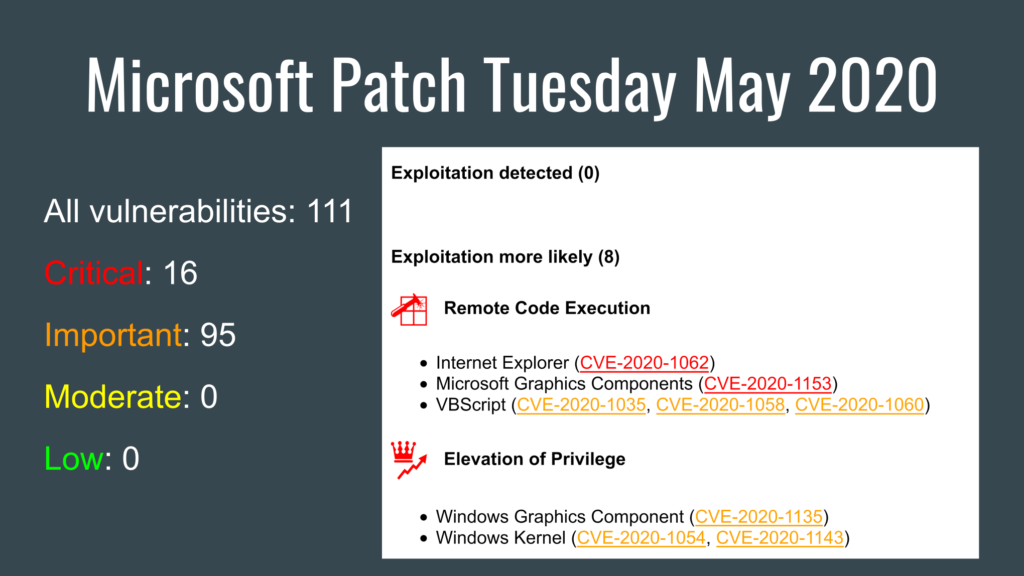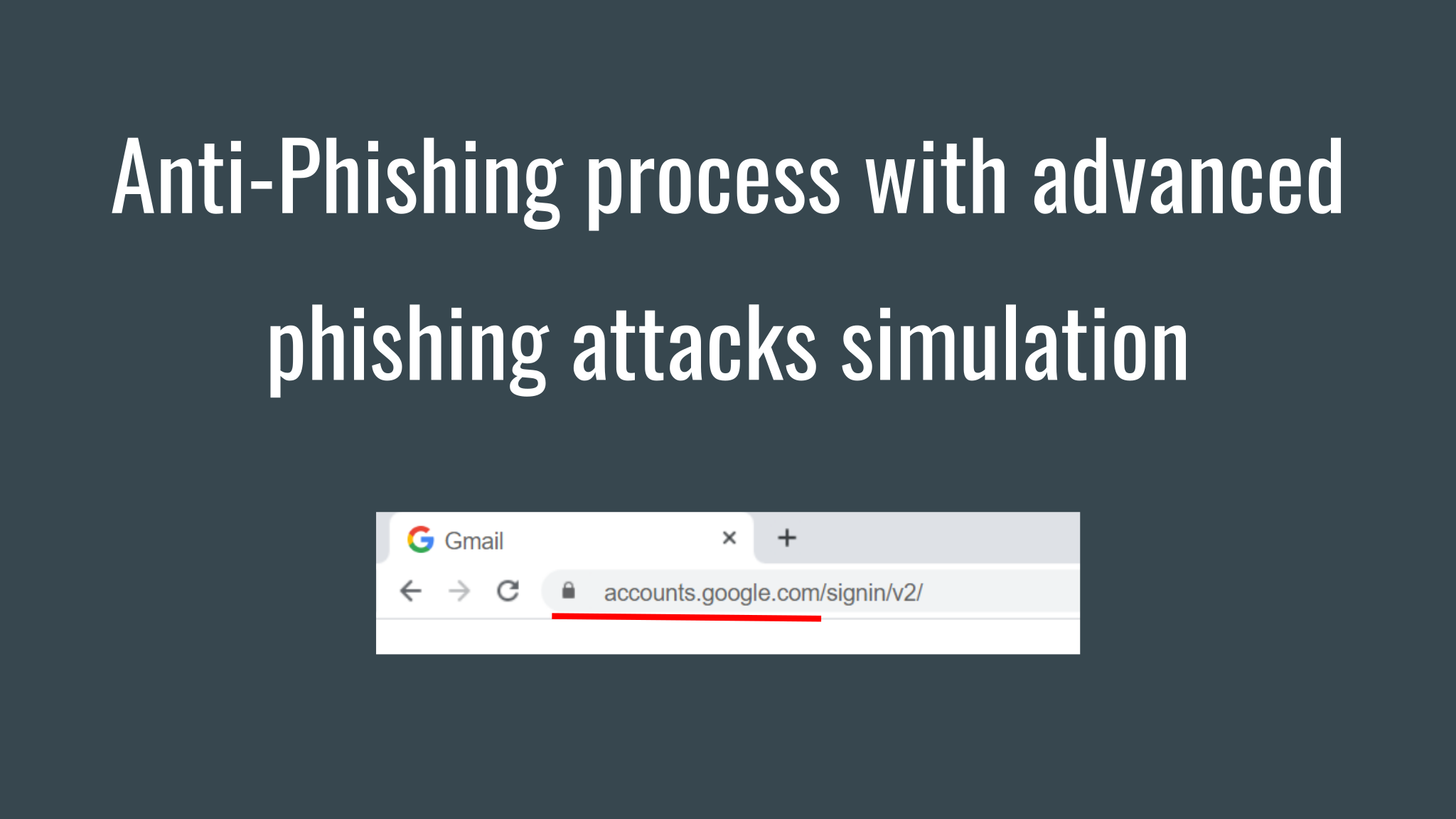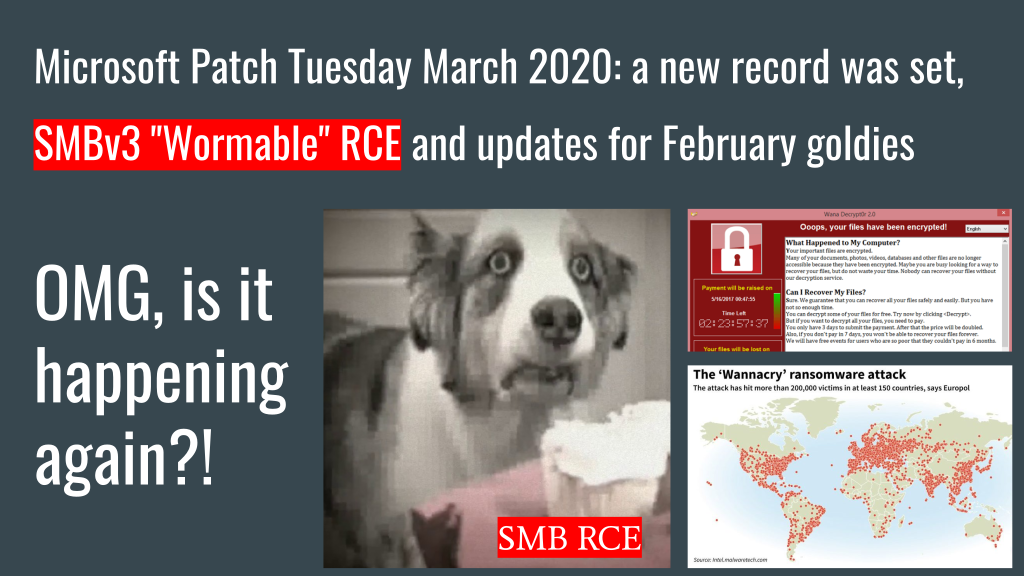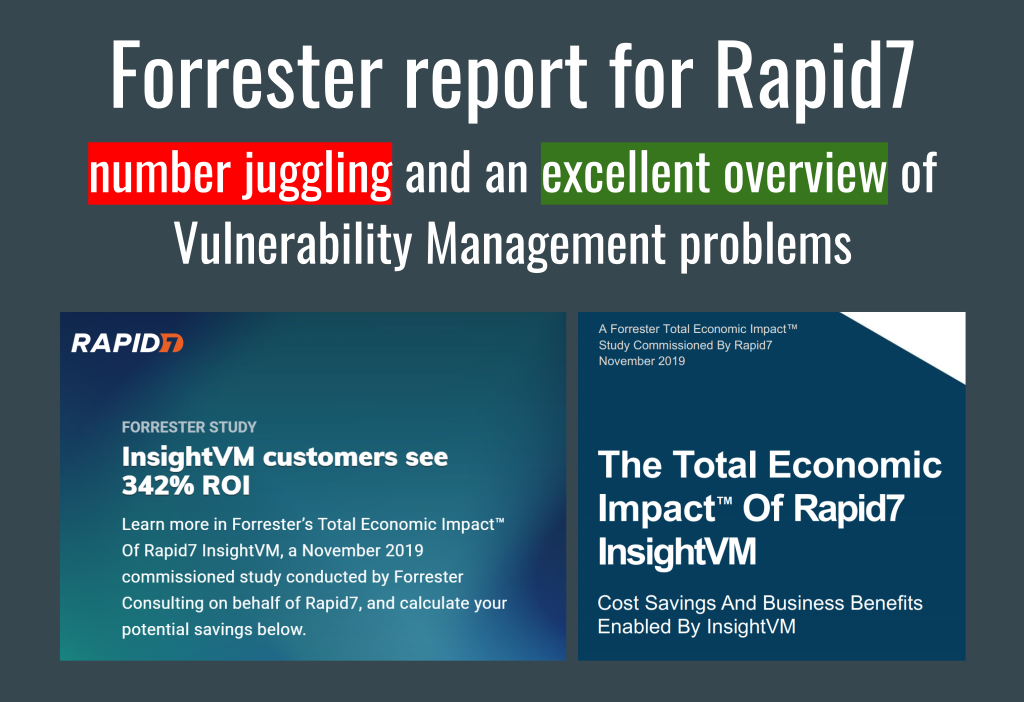Microsoft Patch Tuesday May 2020: comments from VM vendors, promising stuff for phishing, troubles with SharePoint and lulz with Visual Studio. This will be my third Microsoft Patch Tuesday report in video and audio format. And for the third time in a row, Microsoft has addressed over a hundred vulnerabilities. With my Microsoft Patch Tuesday parser, it was possible to generate a report almost on the same day. But, of course, it takes much more time to describe the vulnerabilities manually.

- All vulnerabilities: 111
- Critical: 16
- Important: 95
- Moderate: 0
- Low: 0
Last time I complained that different VM vendors release completely different reports for Microsoft Patch Tuesday. This time I decided that it’s not a bug, but a feature. I upgraded my script to not only show vulnerabilities, but also show how these vulnerabilities were mentioned in the reports of various VM vendors (Tenable, Qualys, Rapid7 and ZDI). In my opinion, it seems pretty useful.





